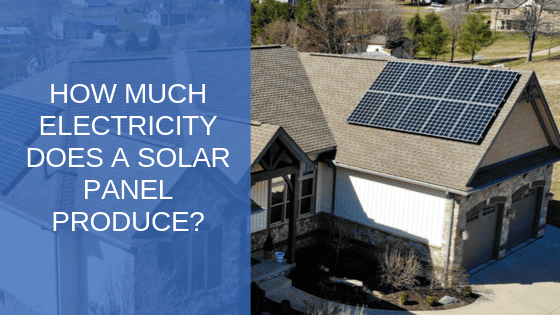4 Degree Differnece For Solar Panel

The major types of solar panels.
4 degree differnece for solar panel. Ideally a fixed roof mounted solar energy system should be at an angle that is equal to the latitude of the location where it is installed. The effect of an array s tilt angle on solar pv energy output may be up to 20 compared to that of flat installations. Many roofs are going to have slopes between 30 and 40 degrees which means that solar panels can lie flush against the roof and produce enough electricity for attractive returns. Flat roofs that are truly horizontal can have a ballast or attached system put in place to create a pitch of at least 10 degrees.
Overall the angle of your rooftop has less impact on solar panel performance than the direction your roof faces. If you are trying to install solar panels on a steep roof it may not be possible to place panels at the optimal tilt with traditional racking systems. Technology has improved to install non penetrating ballast systems to prevent leakage. As a general rule of thumb energy output can be optimized by adding 15 degrees to a site s latitude in the winter and subtracting 15 degrees to a site s.
Some degree of tilt 3 to 4 degrees is best able to help keep solar panels clean when it rains. Meet thin film the oldest rival to crystalline silicon s crown and irrelevant as of 2017. Monocrystalline polycrystalline and thin film each type has its own unique advantages and disadvantages and the solar panel type best suited for your installation will depend on factors specific to your own property and desired system characteristics. A thin layer of photovoltaic material deposited on a substrate usually glass.
You ll mostly find them lounging around in large scale utility projects where lack of land isn t an issue. Not just thin but thin thin. A comparison of data in two us cities has been completed to exhibit the importance of a solar pv array s tilt angle. 2 thin film tf solar panels.














































